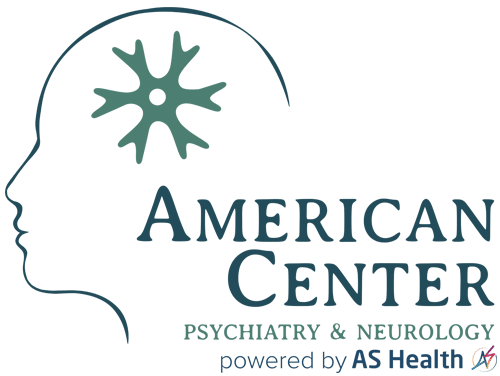Obsessive-Compulsive Disorder (OCD) usually begins in adolescence or young adulthood and is seen in as many as one in 200 children and adolescents. OCD is characterized by recurrent intense obsessions and/or compulsions that cause severe discomfort and interfere with day-to-day functioning. Obsessions are recurrent and persistent thoughts, impulses, or images that are unwanted and cause marked anxiety or distress. Frequently, they are unrealistic or irrational. They are not simply excessive worries about real-life problems or preoccupations. Compulsions are repetitive behaviors or rituals (like hand washing, hoarding, keeping things in order, checking something over and over) or mental acts (like counting, repeating words silently, avoiding). In OCD, the obsessions or compulsions cause significant anxiety or distress, or they interfere with the child’s normal routine, academic functioning, social activities, or relationships.
The obsessive thoughts may vary with the age of the child and may change over time. A younger child with OCD may have persistent thoughts that harm will occur to himself or a family member, for example an intruder entering an unlocked door or window. The child may compulsively check all the doors and windows of his home after his parents are asleep in an attempt to relieve anxiety. The child may then fear that he may have accidentally unlocked a door or window while last checking and locking, and then must compulsively check over and over again.
An older child or a teenager with OCD may fear that he will become ill with germs, AIDS, or contaminated food. To cope with his/her feelings, a child may develop “rituals” (a behavior or activity that gets repeated). Sometimes the obsession and compulsion are linked; “I fear this bad thing will happen if I stop checking or hand washing, so I can’t stop even if it doesn’t make any sense.”
Research shows that OCD is a brain disorder and tends to run in families, although this doesn’t mean the child will definitely develop symptoms if a parent has the disorder. Recent studies have also shown that OCD may develop or worsen after a streptococcal bacterial infection. A child may also develop OCD with no previous family history.
Children and adolescents often feel shame and embarrassment about their OCD. Many fear it means they’re crazy and are hesitant to talk about their thoughts and behaviors. Good communication between parents and children can increase understanding of the problem and help the parents appropriately support their child.
Most children with OCD can be treated effectively with a combination of psychotherapy (especially cognitive and behavioral techniques) and certain medications for example, serotonin reuptake inhibitors (SSRI’s). Family support and education are also central to the success of treatment. Antibiotic therapy may be useful in cases where OCD is linked to streptococcal infection.
Seeking help from a child and adolescent psychiatrist is important both to better understand the complex issues created by OCD as well as to get help.
Source: http://www.aacap.org
For more information, please visit:
- http://www.aacap.org/cs/root/facts_for_families/obsessivecompulsive_disorder_in_children_and_adolescents


